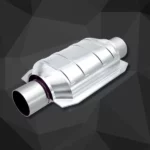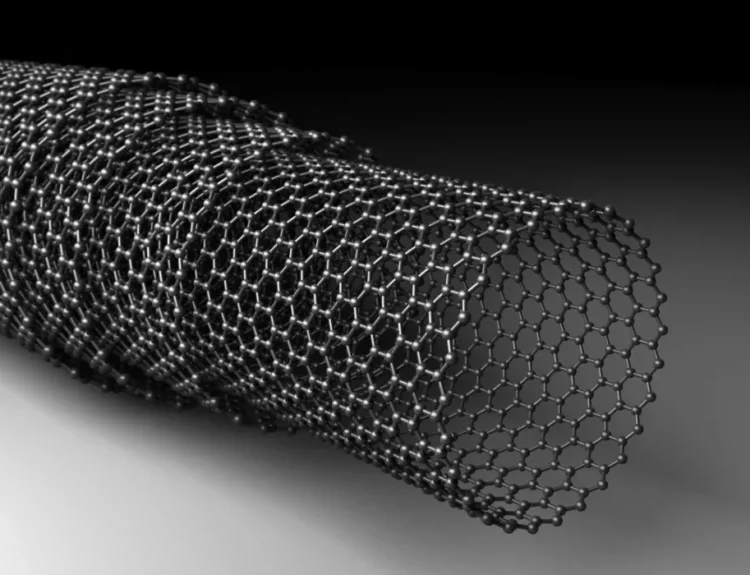Introduction
The demand for high-performance energy storage systems is rising today, driven by the growing need for renewable energy integration, electric vehicles, and portable electronics. Single-walled carbon Nanotubes (SWCNTs) have emerged as a game-changing player in this arena, offering remarkable properties that can significantly enhance energy storage technologies. This article explores the exciting role of SWCNTs in energy storage and the transformative impact they are having on the industry.
SWCNTs and Their Exceptional Properties
SWCNTs are one of the most promising nanomaterials for energy storage applications thanks to their unique set of properties:
- High Surface Area: SWCNTs possess an extraordinarily high surface area, providing ample space for electrochemical reactions and energy storage.
- Exceptional Electrical Conductivity: Their exceptional electrical conductivity allows rapid charge and discharge, making them ideal for energy storage devices.
- Mechanical Strength: SWCNTs are incredibly strong, ensuring the durability of materials and devices in which they are used.
- Lightweight Nature: Their low weight is particularly valuable in applications like electric vehicles, where weight reduction is essential for improved efficiency.
Applications of SWCNTs in Energy Storage
- Supercapacitors: Supercapacitors serve as a link between conventional capacitors and batteries. They use SWCNTs as electrodes due to their high surface area and excellent electrical conductivity. This results in devices with high energy and power densities, fast charging and discharging rates, and long cycle life. SWCNT-based supercapacitors find applications in regenerative braking systems in electric vehicles, power backup systems, and renewable energy integration.
- Lithium-ion Batteries: SWCNTs are integrated into the anode and cathode materials of lithium-ion batteries. Their ability to store and transfer lithium ions efficiently enhances the battery’s energy density and cycle life. This contributes to longer-lasting, faster-charging batteries for various applications, including smartphones, laptops, and electric vehicles.
- Flexible and Wearable Electronics: SWCNTs are used in flexible and wearable electronics due to their lightweight and flexible properties. They enable the development of light, flexible energy storage devices integrated into clothing and wearables, providing a consistent power source for various applications.
- Energy Storage for Renewable Sources: SWCNTs play a vital role in improving the efficiency of energy storage systems for renewable sources like wind and solar. They help manage the intermittent nature of renewable energy generation, ensuring a stable power supply by efficiently storing and releasing energy when needed.
- Portable Power Banks: SWCNTs are employed in portable power banks to provide high-capacity, fast-charging capabilities. This enhances the convenience of keeping mobile devices charged on the go.
Challenges and Future Prospects
While SWCNTs offer great promise in energy storage applications, several challenges exist, including cost-effective large-scale production and ensuring the sustainable and responsible use of these nanomaterials.
As research in SWCNTs continues to advance, we can anticipate further breakthroughs and a wider adoption of these exceptional materials in energy storage. SWCNTs are key to addressing the world’s growing demand for high-performance, sustainable energy storage systems, contributing to a greener and more energy-efficient future.
In conclusion, Single-Walled Carbon Nanotubes (SWCNTs) have emerged as a revolutionary player in energy storage. Their exceptional properties make them ideal for enhancing the performance of supercapacitors, lithium-ion batteries, and other energy storage technologies, paving the way for a more sustainable and energy-efficient future.
We recommend Techinstro the best quality manufacturer of Single Walled Carbon Nanotubes for research and industrial use.








